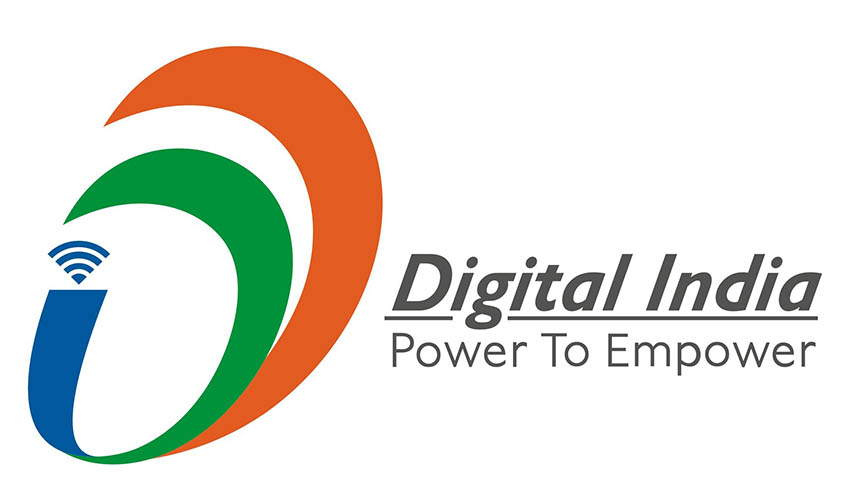‘Hanging’ the gun used in a murder is about as logical a punishment as it is to try and choke off the few freedoms available to social media platforms in India.
Lynchings have been taking place in India for centuries, the difference being that these days, they are almost certain to get captured on the cameras installed on cellphones. Child lifting is an execrable offence, and used to happen frequently in several cities across India, notably Mumbai during the 1960s, when small children living in mainly makeshift accommodation used to disappear, only to emerge later in distant locations with some of their limbs sawed off, or their eyes gouged out, or their tongues chopped in half. Some had had substances smeared across their bodies which caused eruptions that were horrible to behold, all the better to make people throw coins at such unfortunate importuners so as to make them go away. These days, there are so many other ways of making money that such deformed child beggars appear to have almost disappeared, despite the fact that practically none of those responsible for the systematic mutilation of children so as to set them loose to beg were caught by the police. “Hafta” (or bribes given to the police) being commonplace even during those times, this was no surprise. In these “modern” times, a considerable proportion of child lifting is related either to ransom or to sex trafficking in the very young. Given the uncertainties and delays in the justice system in India, it is not a surprise that some citizens administer on the spot punishment (often capital) to those they suspect of this crime. News reports about child lifters and lynchings appear to have led to some perverted minds posting photographs, locations and other descriptions on social media of individuals they seek to destroy, whether this be because of jealousy, or greed for the property that would be left behind by those lynched on the basis of false reports about them. Expectedly, a call has risen to “lynch” (through suppression or at the least severely controlling) social media platforms.
This columnist is no addict of social media, and does not even know the passwords of accounts that are operated by a few dedicated well-wishers, mainly to disseminate his work. It is as yet more proof of the innovation-smothering nature of the governance system that unlike in China, there is no WeChat, Baidu, Weibo, nor even a Jack Ma in India. There are, of course, some internet companies that do data crunching work for foreign customers, a few of which have parlayed their reputations into ensuring for themselves land and other benefits
“Hanging” the gun used in a murder is about as logical a punishment as it is to try and choke off the few freedoms available to social media platforms in India despite Pramod Mahajan’s efforts at state control of the internet medium and industry through an Information Technology (IT) law. The legislation he got passed, and which was made still more regressive by the UPA (and left undisturbed by the present government) caused the end of the phase of hypersonic expansion that the IT industry had witnessed since 1989, the year when Silicon Valley discovered Bangalore. It was Jawarharlal Nehru, celebrated as a democrat par excellence, who oversaw changes in the Constitution of India that have been used since then to punish free expression. It is from this 1950s legislative root and its offshoots that a climate of intolerance to dissent has grown in India side by side with rituals such as the screening of the National Anthem in cinema halls even during peacetime. It is from the longstanding absence of an accommodative attitude towards the “other” (including, during the UPA days, those who opposed appeasement of Wahhabism; and these days, citizens who have a taste for bovine meat) that intolerant strains of public conduct have multiplied. The mass lynching of a human being is an act of terror, and should be treated in law and by the police as being the equivalent of ISIS recruits cutting the throats of their captives. It is not the medium nor even the message that is responsible for the eruptions of barbarity that we see captured on cellphones in India, but a mindset nourished on the restrictions, regression and restraints that have continued with state patronage to remain commonplace in India even after the colonial era. The time to fulfil the promise of “Minimum Government” is long, long overdue.

